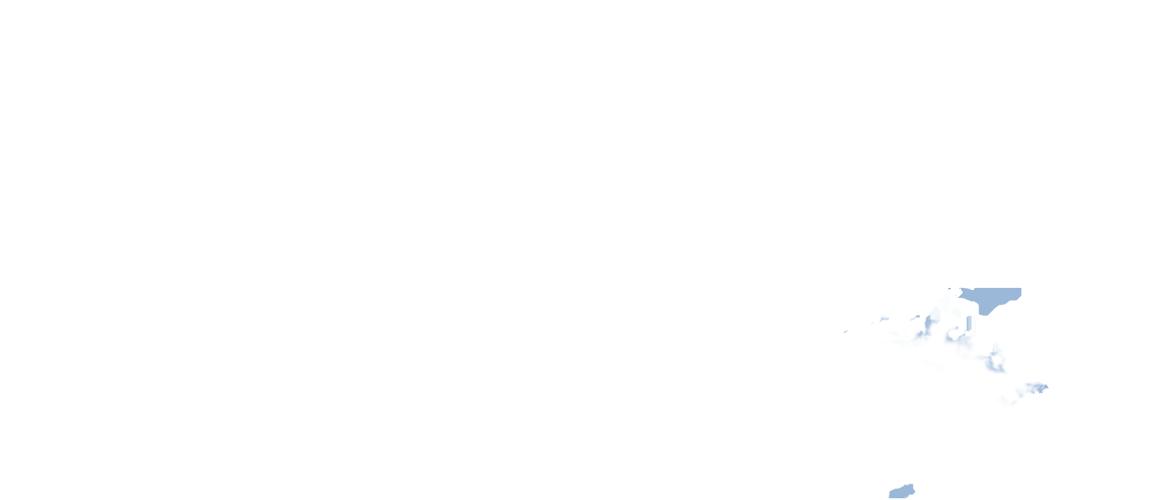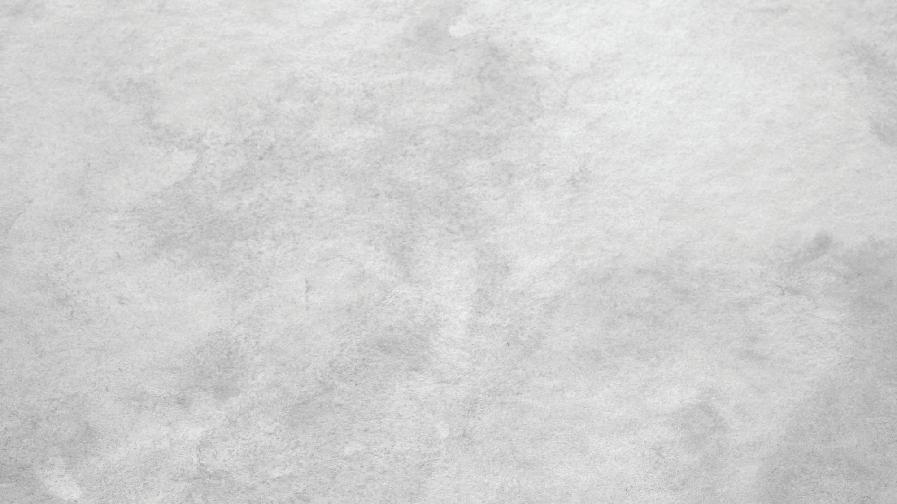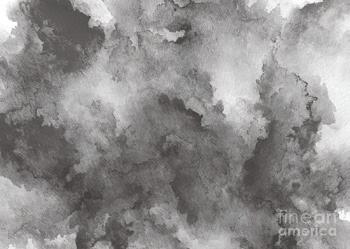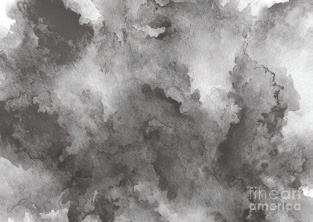
2 minute read
COOPERATIVE ANTITHESES
Fall 2022
COOPERATIVE ANTITHESES is a recyclingcenter project that explores passive, more permanent methods of dealing with the plastic and oil pollution found in Galveston, Texas due to the oil and tourism industry. The project derives its form and program from mushrooms, the antithesis of an oil rig. While the rig extracts precious resources from the earth, mushrooms take those same resources once they’re used up, decomposes them, and returns their nutrients back into the ground.
Advertisement
The form of the building is made to resemble a petri dish, with the walls of the petri dish representing the civil, industrial program of humans, and the “agar” representing the feral program where the plastic is accumulated and eventually decomposed. Along with the recycling program in the agar, the greenery inside the circle undergoes a process of bio-remediation as the mushroom ecologies spread through the site and revives it, transforming it into a park for locals and tourists alike - a self cleaning landfill.










DIAGRAM 01 aims to depict one of the many mediums that humans use to engage with the natural environment: oil drilling: Specifically, it shows how the oil rig extracts resources from the earth for their benefit, without returning anything to or benefitting the earth. In other words, this diagram aims to prove that the oil rig is essentially a parasite on the environment.
DIAGRAM 02 depicts the consequences of an oil spill. It aims to touch on various scales and claim just how catastrophic this disaster can be; not just for the environment, but for those at fault as well. This diagram wants to bring awareness to the fact that oil spills make us all victims.
DIAGRAM 03 attempts to put the narrative behind the first two diagrams into context within the site, making these stories more personal to Galveston.
DIAGRAM 04 aims to depict the rapid increase of plastic production in the US. Given Galveston is a manufacturing/exporting city, it is safe to assume Galveston follows similar patterns. This is meant to concern us, questioning where eventually all this plastic will end up.
DIAGRAM 05 aims to graphically depict the percentage of marine life that has either injested or come into contact with plastic. More than one for every two sea creatures has died from plastic. This diagram can also be interpreted as the ratio in 2050 of pounds of plastic to fish in the ocean if our current plastic use habits continue.
DIAGRAM 06 aims to depict the ship routes taken in Galveston and their destinations, which we can assume are the main destinations for plastic as well, thus depicting how the trade routes are the medium for all the ways plastic enters the ocean.
DIAGRAM 07 aims to depict the benefits of the decomposition processprovided by mushrooms. Essentially, this diagram aims to prove that mushrooms are the antithesis of oil rigs - and possibly the answer to the issues they produce.
DIAGRAM 08 aims to express the anatomy of a mushroom in plan, and goes further as to raise attention to the ferality of such an intricate process that could potentially parallel manmade infrastructures of equal intricacy.
DIAGRAM 09 depicts the developed-to-feral land ratio in the Bay Area, and how the areas deemd by the local government as most at risk of toxicity are found in these untouched ecosystems. This relationship further proves that the natural environment in Galveston is under attack.




